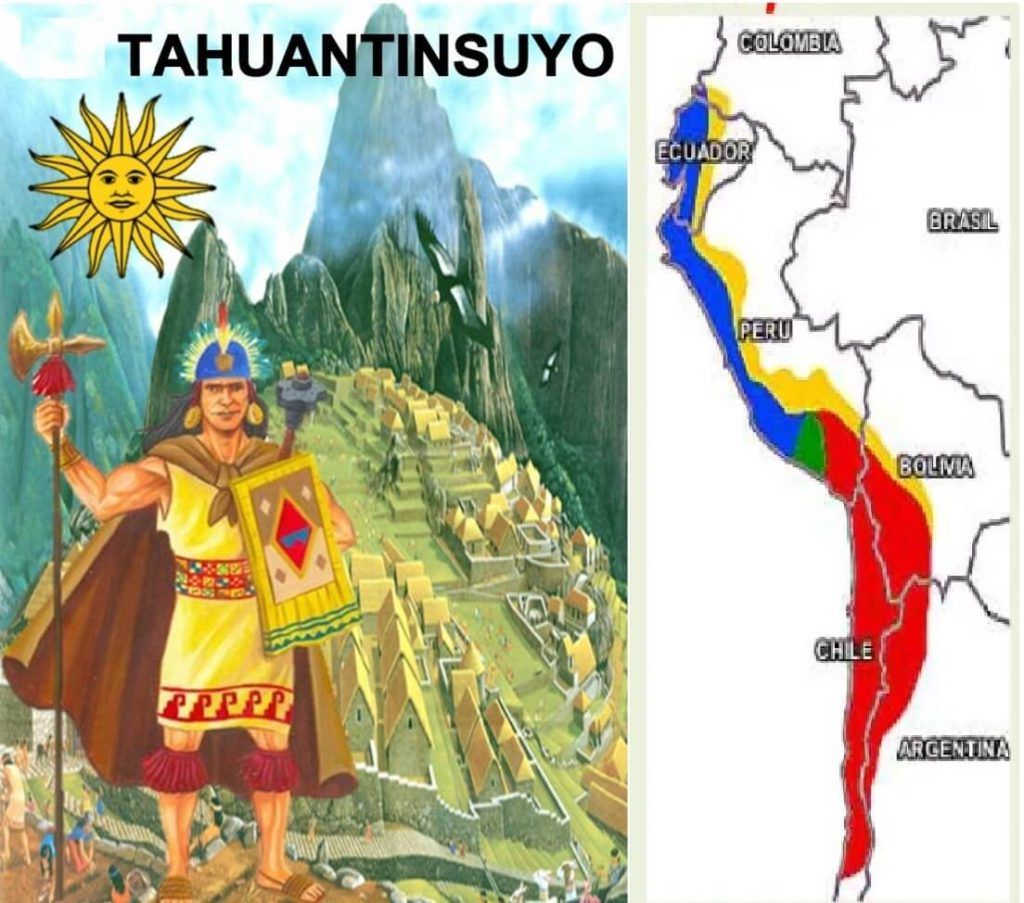The cuarto sunsuyo inca en Pasto represents an important place within the Inca Empire’s history. One of the administrative divisions of the empire, the Pasto region, currently in the territory of Colombia, is thought to have played an influential role regarding the connection between northern territories and the central domains of the Incas. To comprehend its value is one of the ways to gain insight into strategies that enabled the Incas to control such a vast empire.
The Structure of the Inca Empire and Sunsuyos
The Inca Empire was divided into four major administrative regions called suyo. The four suyos served as an administration function to ensure the vast provinces of the Inca Empire, extending from present Ecuador to central Chile, are managed and controlled.
The cuarto sunsuyo inca in Pasto corresponds to the northernmost extension of the empire. Chinchaysuyo, or the fourth, was the largest and most populous area of the empire. This region included territories in modern-day Ecuador and southern Colombia with Pasto being one of the pivotal trading nodes, for culture and military purposes.
Geographical Importance of Pasto
Pasto is in southern Colombia, an important region for the Incas due to the strategic location and varied landscape. Located near the Andes Mountains, there is always a natural barrier and protection against invaders. The fertile lands and access to key routes of trade made it an important region in the Inca Empire.
In putting Pasto into the cuarto sunsuyo inca en Pasto, the Incas controlled northern trade routes better, allowing for the exchange of goods such as textiles, metals, and food. This move helped the empire enjoy great prosperity economically and politically.
Cultural Integration in Pasto
The incorporation of Pasto into the cuarto sunsuyo inca en Pasto was not simply through conquest. The Incas are recognized for their attempts to assimilate the local cultures while maintaining control. In this case with Pasto, they introduced their agricultural techniques, language (Quechua), and religious practices.
At the same time, the Incas observed a number of the customs and traditions of the Pasto people. By this incorporation of local and Inca cultures, governance became much easier, and resistance by the natives was minimized.
Religious Significance of the Region
Religion was an integral aspect of Inca rule and practice. The cuarto sunsuyo inca en pasto should have comprised sacred places that fell under the larger system of religious life of the Incas. The Incas constructed temples and ceremonial centers to venerate their deities, such as Inti (the Sun God) and Pachamama (Mother Earth).
Such sites were, therefore, both sacred and politically instrumental, given their role in strengthening Inca rule in the region. Pilgrimage to such a place helped to unite culturally diverse peoples around a common religious ideology.
The Qhapaq Nan
One of the primary reasons the Incas could efficiently control the cuarto sunsuyo inca en Pasto was the Qhapaq Ñan, the massive road network that spanned the entire empire. These roads and pathways played a great role in communicating, transporting goods, and moving troops with efficiency.
These roads connected the local economy in the region of Pasto into the larger system of the Inca. Pasto crops, textiles, and other goods could thus be transported to the central regions of the empire in such a manner as to preserve their stability.
Difficulties of Expanding into Pasto
The cuarto sunsuyo inca en Pasto was an important addition to the empire, but the Incas faced stiff opposition from the Pasto people in asserting control over the region; they were known to be a proud and independent people.
It called for a mix of military power cuarto sunsuyo inca en pasto and diplomatic finesse to incorporate such an independent population. In many cases, the Incas depended on a mix of war and alliances to impose their rule on the region. However, it was hard to hold the north territories over the long haul given the empire’s outside stresses.
Legacy of the Cuarto Sunsuyo in Pasto
The legacy of the cuarto sunsuyo inca en Pasto, therefore, continues to reflect through the culture and history of that region. It can be seen, even by the present, through local traditions, languages, and archaeological sites with evident hallmarks of Inca influence. Those remains testify to the empire’s reach and its capacity to bring diverse regions into a form of structure.
Pasto’s cuarto sunsuyo inca, particularly on the nature of the Inca administration and their extension policies, has led many to continue studying it in order to understand its complexities. The region’s history has given great lessons regarding governing and integrating cultures within its vast empire.
Conclusion
The cuarto sunsuyo inca in Pasto was thus more than just a division of the land; it symbolized ambition and strategic acuity of the Inca Empire. The Incas added Pasto to their domain, on the one hand, expanding the territory, but on the other hand, arranging economic, cultural, and political cohesion.
Even though the empire would eventually fall to Spanish colonization, the history of the cuarto sunsuyo inca en Pasto continues to inspire interest and admiration for the ingenuity of the Inca civilization. Its legacy lives on, reminding us of the outstanding achievements of one of history’s most advanced societies.


